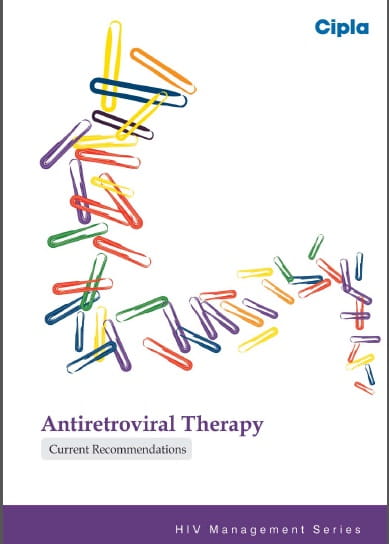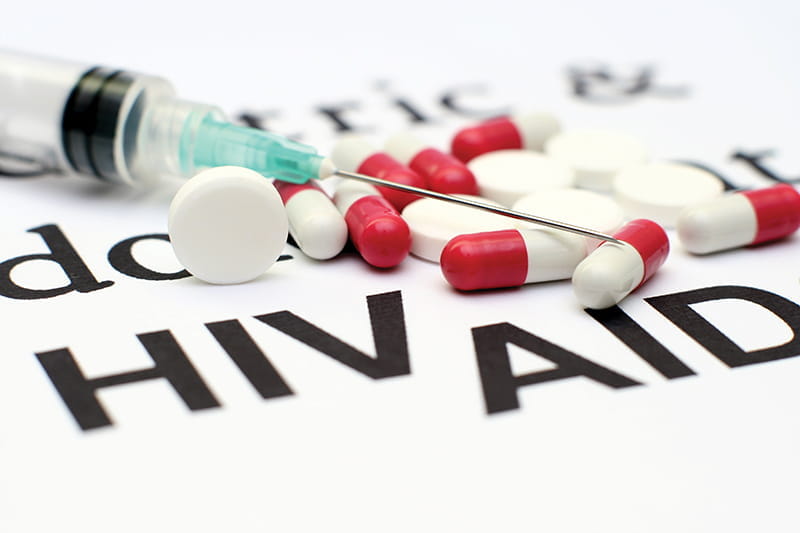Speaker: Daniel Perry
Over the past 30 years, significant advancements and challenges in early Human Immunodeficiency Virus (HIV) diagnosis in Jamaica have been observed. Changes in the epidemiology of HIV from 1990 to 2020 were examined in a study, revealing a decline in paediatric HIV cases and an increase in early diagnosis. However, it has been noted that an aging cohort of individuals is still presenting with HIV at later stages. To end the epidemic in Jamaica, it has been emphasized that priorities must shift towards prevention in midlife, improved diagnosis among older individuals, and strengthened surveillance among key populations. Since the first HIV case in Jamaica in 1982, about 41,000 diagnoses have occurred. There has been a decline in Acquired Immunodeficiency Syndrome (AIDS) diagnoses and diagnoses at death. Advanced HIV monitoring started in 2007 with Antiretroviral (ARV) scale-up. HIV cases are reported across all 14 parishes of Jamaica, with the highest rates in urban areas and major tourist centers and some variability in rural areas. The HIV epidemic in Jamaica has been characterized by a mixed pattern, with a prevalence of about 1% in the general population and concentrated epidemics among transgender women (51%) and men who have sex with men (30%). An interesting aspect of the epidemic is that, while sexual transmission accounts for over 70% of cases, the mode of transmission remains unknown in 25% of cases, primarily due to diagnoses occurring at death or incomplete information for males. Significant progress in the national response to HIV has been made in prevention, diagnosis, and treatment. Among the estimated 26,000 people living with HIV, 90% have been diagnosed, 66% are retained on antiretroviral therapy, and 52% are virally suppressed. However, current estimates suggest that Jamaica may not be able to meet the epidemic control targets for 2030.
The study aimed to characterize changes in the epidemiology of HIV in Jamaica over three specific periods: from 1990 to 2003 before ARV access, from 2004 to 2016, when persons living with HIV with a Cluster of Differentiation 4 (CD4) count below 350 had access to ARVs, and from 2017 to 2020, which marked the beginning of universal test and treat. Additionally, the study sought to identify factors associated with late diagnosis. A retrospective cohort study was conducted, utilizing data from the Treatment Site Information System 2 (TSIS2), an electronic health record that connects all public and most private HIV treatment sites in Jamaica. TSIS2 captures demographic and clinical data from all persons registered for HIV treatment and care services in the country. Late diagnosis was investigated more closely, with CD4 counts categorized as between 200-350 and below 200. The study reviewed data from 29,483 persons registered between 1990 and 2020. Due to missing registration dates, demographic, or clinical information, 3,590 persons were excluded from the sample. Limited key population data was also noted as a limitation. The final sample comprised 25,893 persons living with HIV: 731 registered in the first period, 19,479 in the second period, and 5,683 in the third period.
Over the past 30 years, significant advancements and challenges in early HIV diagnosis have been observed in Jamaica. By 2020, most cases were represented by men, while a dramatic decline in paediatric cases was noted. Notably, in the last two months, the certification of the elimination of mother-to-child transmission of HIV and syphilis has been achieved in Jamaica. During this period, the proportion of newly registered persons aged 50 and older increased substantially, from 4 percent to 22 percent. A decrease was seen in the proportion of persons from urban parishes, while a more than doubling of the proportion from tourism-based parishes was noted. The stage of diagnosis at registration over three periods was described, with a majority presenting with either AIDS or advanced HIV disease in the first period. By the third period, a decrease of 45% in late diagnoses was observed. However, it was found that men were consistently diagnosed at later stages compared to women across all periods. Late diagnoses increased among those aged 50 and older, while early diagnoses improved for children under 15. Significant progress in paediatric HIV has been made, as confirmed by the elimination of mother-to-child transmission. Despite improvements in early diagnosis among children and adolescents, challenges in timely diagnosis persist, particularly among males and individuals over 50 years of age.
The significant challenge of limited surveillance data on key population status in Jamaica was highlighted. To tackle these issues, it was emphasized that behavioural research must be conducted to understand the factors contributing to late HIV diagnosis in males and individuals over 50 years old. The routine assessment of sexual history and sexual health in people over 50 by healthcare providers was recommended. The need for a robust collection of key population data was also underscored. Improving early diagnosis and treatment outcomes among these populations can be achieved by focusing on these areas.
The shift from a female to a male predominance in HIV cases over the decades is not fully understood and requires further investigation. It was noted that behavioural research is crucial for comprehending these changing trends, particularly among men who have sex with men (MSM). Despite the high prevalence rate, stigma and discrimination against MSM in Jamaica pose significant barriers to accurately capturing data on key populations. The lack of detailed information on these populations complicates efforts to address and understand the dynamics driving the epidemic among men. Efforts to improve data collection and research into behavioural factors are essential for gaining a clearer picture of the epidemic's trends and developing more effective interventions for MSM in Jamaica.
The 25th International AIDS conference (AIDS 2024). 22nd-26th July, Munich, Germany




